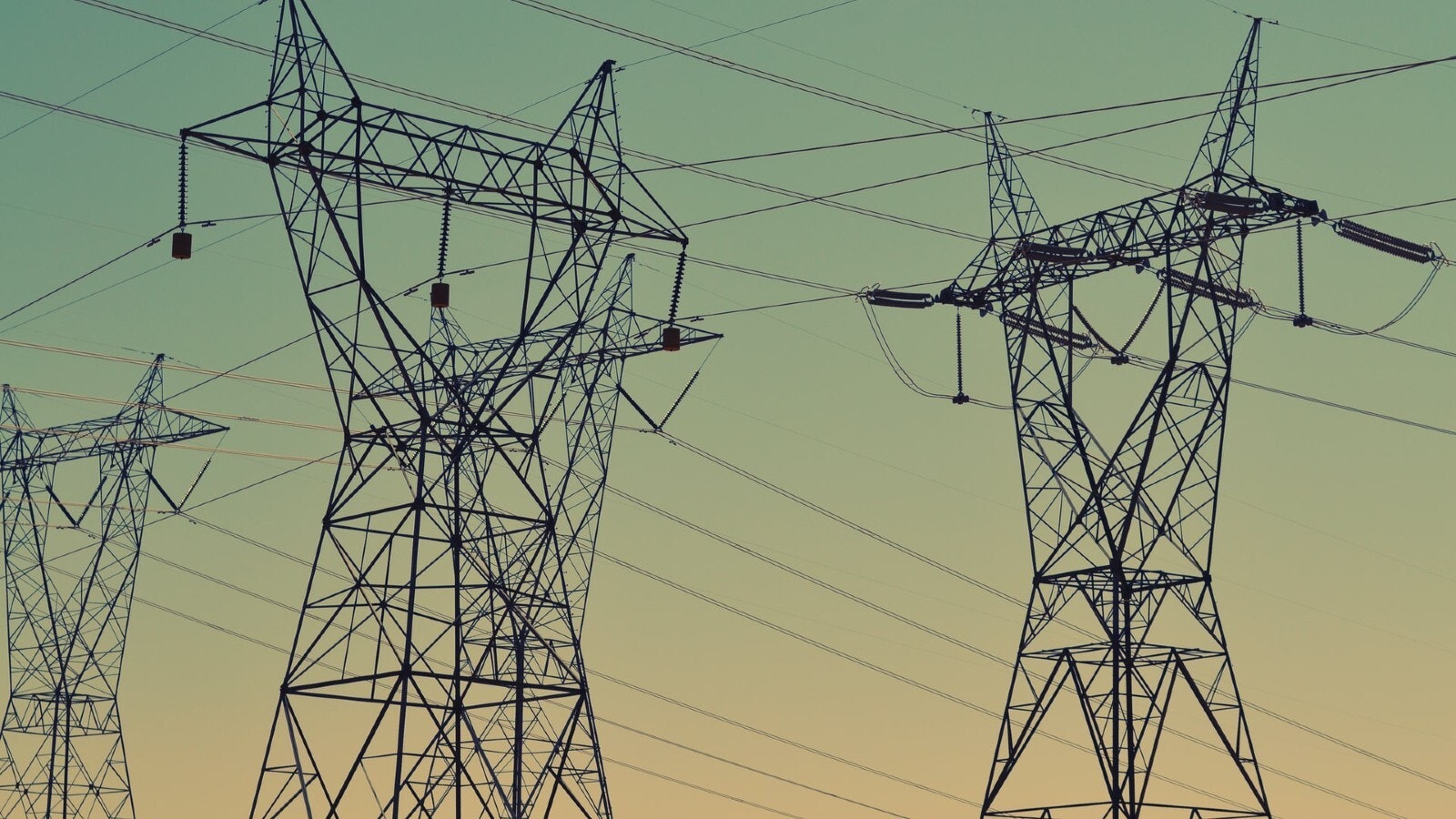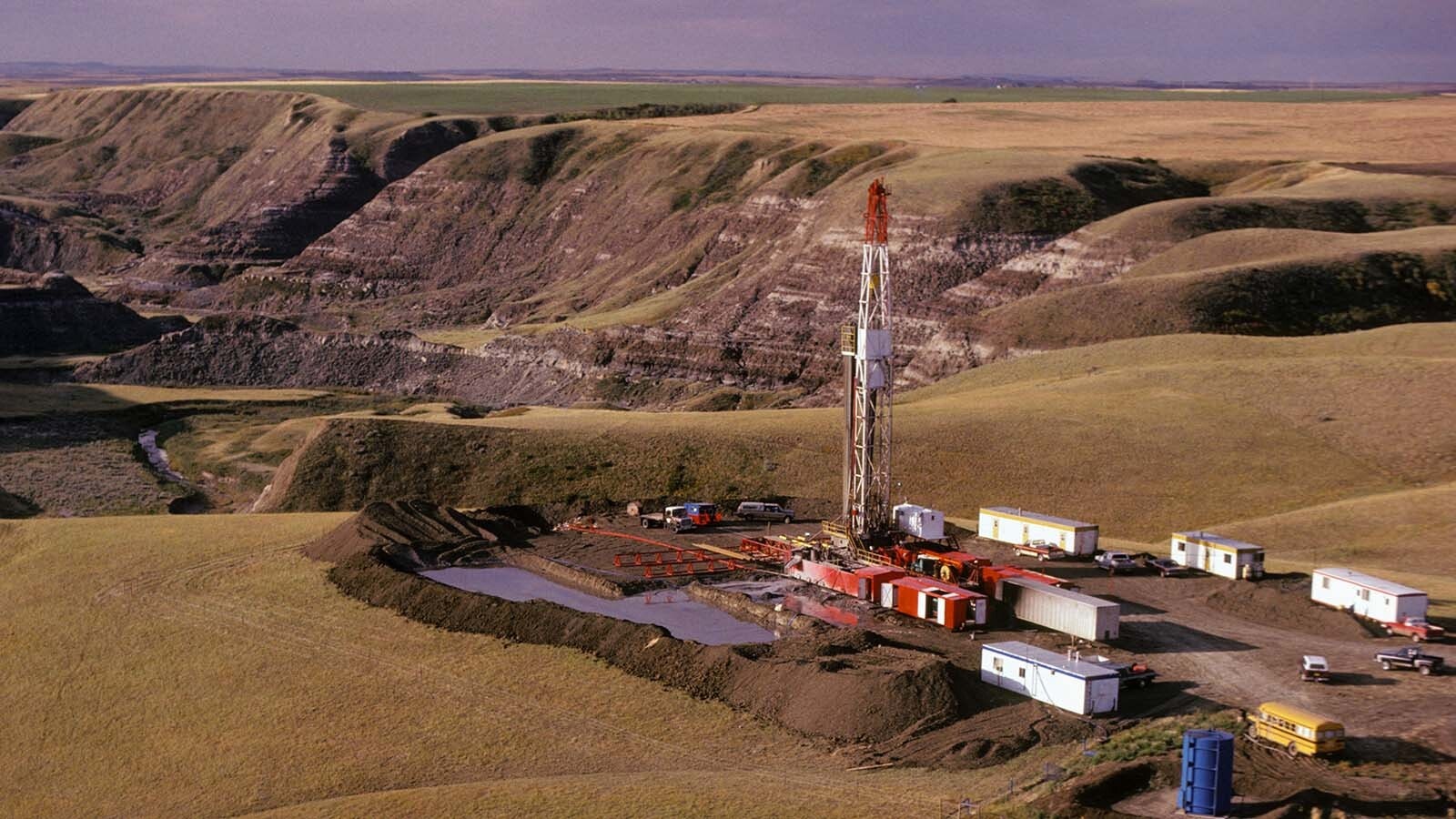It’s hard to escape high energy costs these days. Gasoline prices have come down in the past couple months, but they remain higher than they were last year. There are many other areas where energy costs hit pocketbooks. Just about every business consumes energy, whether it’s fuel or electricity. So rising energy costs are contributing, at least partly, to inflationary pressures on food, housing, and everything.
Retail electricity rates rose nearly 16% in August over last year, according to U.S. Department of Labor data. As those costs rise, Wyoming consumers are pretty fortunate.
U.S. Energy Information Administration data in June, ranked Wyoming 46th in retail electric prices, at 11.75 cents per kilowatt hour. Washington had the lowest rates, at 10.49 cents per kilowatt hour. California was second highest with 28.98 cents per kilowatt hour, and the top spot was Hawaii, with a whopping 44.09 cents per kilowatt hour.
Commercial electricity rates in Wyoming in June were 20% lower than the national average. Bucky Hall, owner of Caleco Foundry in Cody, said the business uses a lot of electricity for machinery such as air compressors, but he hasn’t seen any really huge increases in the costs of his power in the past couple of years.
Hall hasn’t heard any concerns from his office manager, who actually pays the electric bills.
“She hasn’t said anything like, ‘Oh my god.’ So I’m assuming the rates haven’t gone off the charts,” Hall said.
A couple wholesale suppliers of electricity in Wyoming say they’ve actually decreased the wholesale rates they charge.
Basin Electric Power Cooperative, provides power to cooperatives throughout Wyoming — from Powell to Lusk — as well as states throughout the West. In August, the company announced a rate decrease that it estimates will save its members approximately $33.5 million in 2023.
“One of the unique benefits of the cooperative is that when a co-op does well financially, its members do, too,” said Basin Electric CEO and General Manager Todd Telesz, in a press release on the decrease.
Tri-State Generation and Transmission Association, Inc., served power to approximately 46,259 customers in Wyoming in December 2021. Tri-State Generation and Transmission Association, Inc. provides power to eight power cooperatives across Wyoming, including some of the same cooperatives that buy power from Basin Electric.
Lee Boughey, vice president of communications for Tri-State, said the company reduced its rates 2% in March 2021, and then another 2% in March 2022.
“The not-for-profit cooperative business model supports power affordability. With rugged terrain and fewer customers per mile, it is more expensive to deliver power in the West. Co-ops operate at cost, and return any excess revenues to their members,” Boughey said.
Boughey added, Tri-State allocated $26 million in patronage capital to its members in 2021, which is basically money back to the member cooperatives.
Tri-State, Boughey explained, has a range of generation resources, including coal, natural gas, hydroelectric, and wind to draw on. This includes the Laramie River Power Station, which, Boughey said, is one of the cheapest electricity generation stations in the county.
Boughey said Tri-State isn’t immune to inflationary pressures anymore than any other power provider, but it maintains efficiencies and cost-cutting measures to keep rates as low as possible.
Tri-State also participates in a regional transmission organization, which Boughey said helps them tap into a wide pool of resources across the western grid.
In 2020, data from the EIA showed Wyoming electricity rates were 8.27 cents per kilowatt hour, which was the fourth lowest in the country. Louisiana had the lowest, with 7.51 cents.
Electricity is a subset — about 20% — of the total energy consumed. Industrial heating and transportation make up the bulk of energy people use. The 12-month change in energy costs for all energy Americans consume, according to DOL data, was 24%, and that includes a 25.6% jump in gasoline prices since August of last year. The cost of natural gas increased 33% in the same period.





